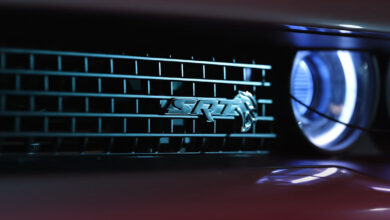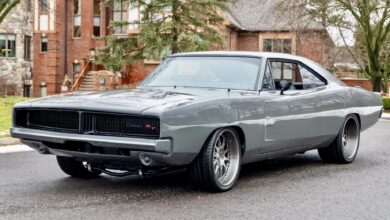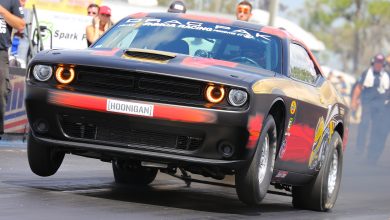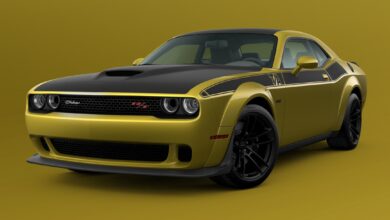It’s been 6 years since Dodge produced its flagship performance machine – the Dodge Viper. But America’s favorite sports car continues to be popular after its demise. We have seen a number of Vipers go for record amounts in recent months, showing us there is no lost love for the legend.
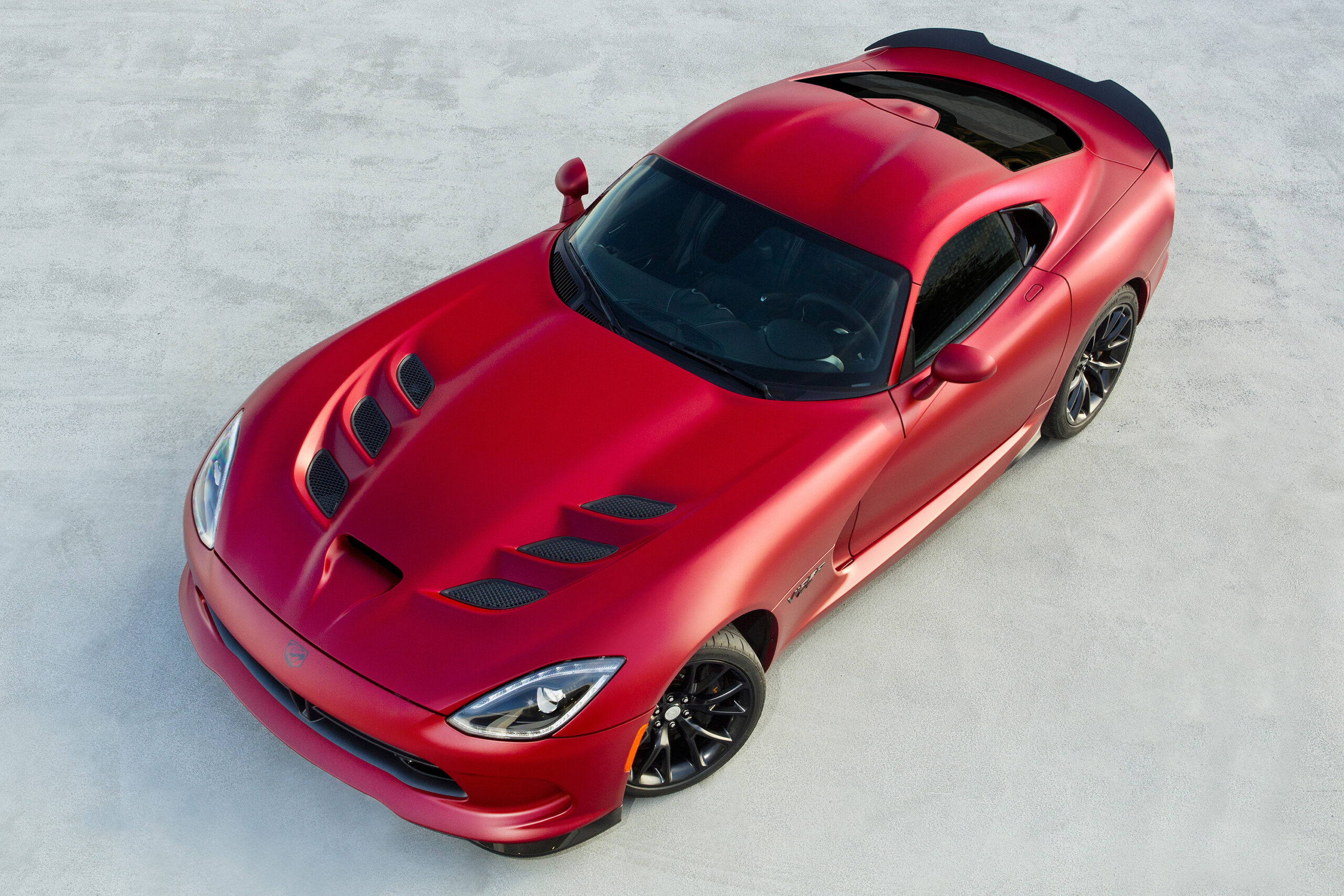
The Gen5 Dodge Viper made its highly anticipated return to the high-performance sports car market in late 2012 as a 2013 model. The Gen5 arrived with more power and performance, superior craftsmanship, new tech, and creature comforts never offered on previous Vipers. Powering the Gen5 Viper was an all-aluminum odd-firing 8.4-liter (513 cubic-inch) VIPER V-10 engine that delivered 645 horsepower (477 kW) at 6,150 rpm and 600 lb.-ft. (813 N⋅m) of torque – the most torque of any naturally-aspirated engine in the world at the time.
In its 25-year history, Dodge produced an estimated 31,500 units at the Mack Avenue Assembly Plant (1992 – 1994) and Conner Avenue Assembly Plant (1995 – 2017), both located on the east side of Detroit.
In 2015, Dodge released a 22-minute documentary, “Viper: DNA of a Supercar,” and showcased how the Gen5 Dodge Viper was created like no other car on the market at the time. The documentary showed every phase of the Viper’s design process, from initial sketches through final testing, and how literally every component of the assembly process involved human craftsmanship, distinguishing the Dodge Viper as one of the few custom-built vehicles on the planet.
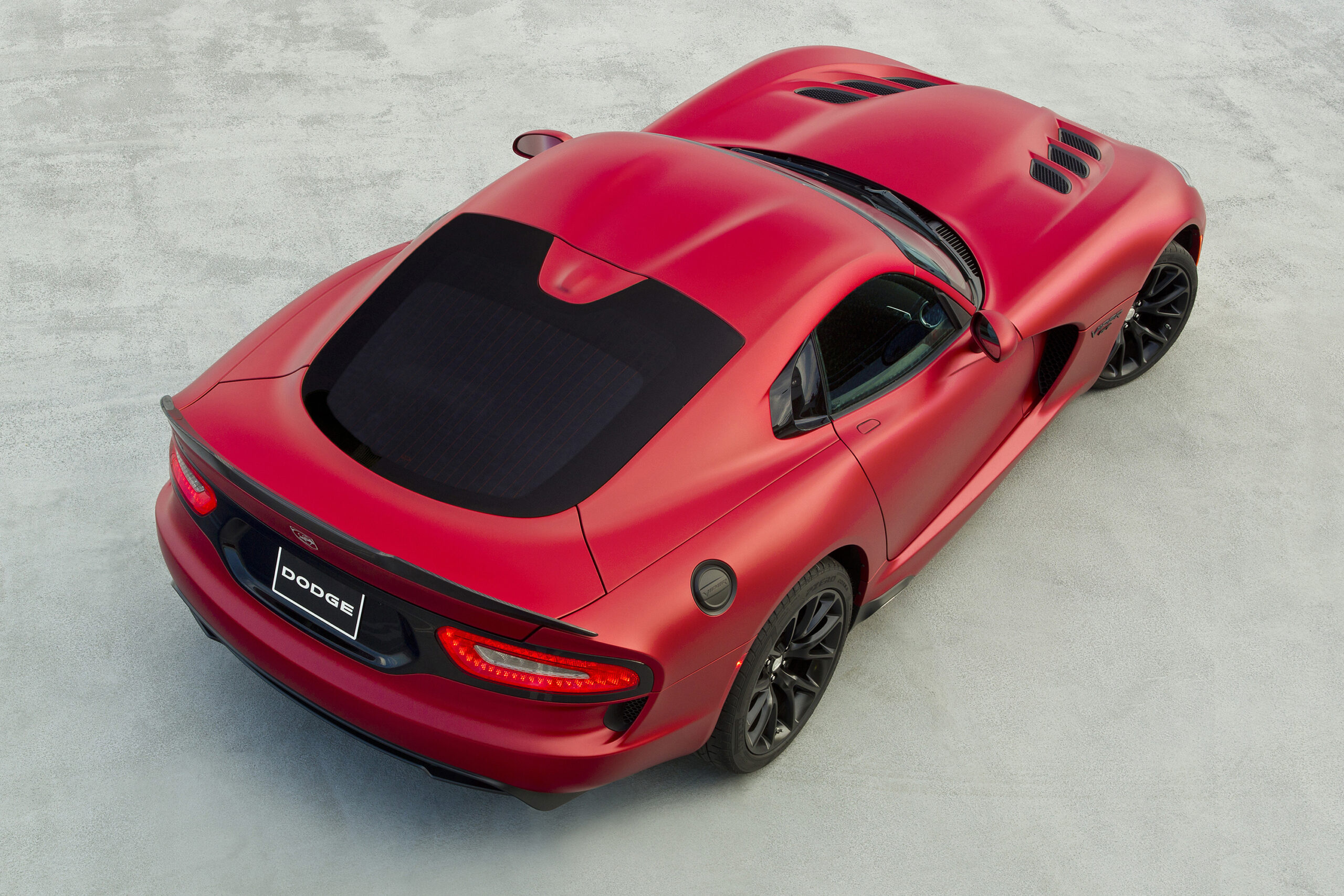
Nevertheless, we figured we would take a look back at the last inception of the iconic nameplate. We hope that the Viper nameplate returns one day.

